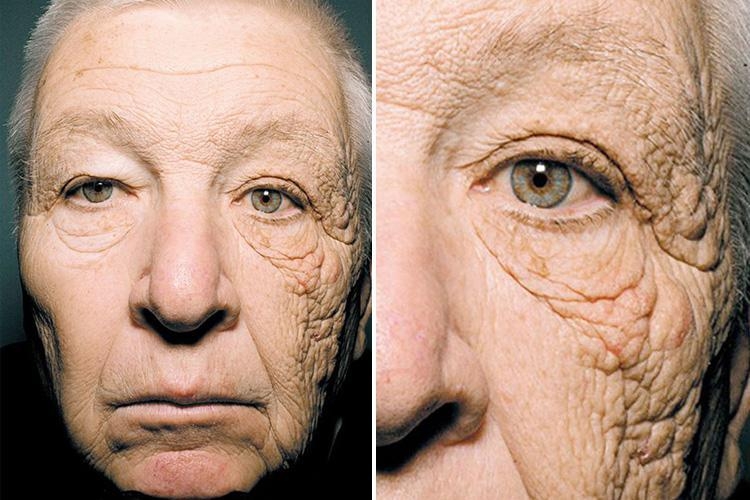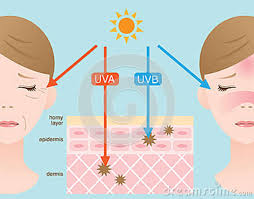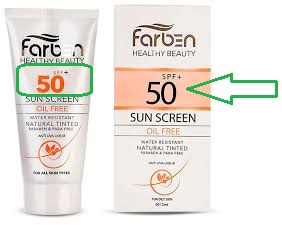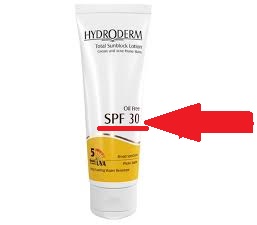Repeated Sunburn: A Common Issue
Frequent sunburns are a significant concern for dermatology clinics. If persistent, they can lead to complications such as skin aging, benign and malignant tumors. One of the best ways to prevent sunburn and its associated complications is to use sunscreen products.
This photo illustrates the harmful and gradual effects of sunlight on facial skin. The 69-year-old truck driver featured has experienced photoaging due to unilateral exposure to sunlight through the vehicle's left-side window over 28 years.

UV Damage and Its Effects
The interaction between UV photons in sunlight and skin proteins and lipids produces free radicals. This process damages collagen and elastin, releases inflammatory mediators, and can lead to sunburn, DNA damage, skin cancer, wrinkles, and spots. Without proper skin care, the skin becomes covered with uneven surfaces and bumps, loses dermal moisture, and the collagen fibers lose their elasticity, leading to aging.
Sunscreen for All Ages
Everyone over six months old should use sunscreen suitable for their skin type. Children under six months should not be exposed to sunlight or chemical products due to their highly sensitive skin. Instead, placing them in shaded areas and dressing them in protective clothing can safeguard them from harmful UV rays.
Types of UV Rays
UV rays that harm the skin are classified into two types: UVA and UVB.
UVA rays: These penetrate deeper into the skin compared to UVB rays. They can pass through glass and are responsible for aging, wrinkles, and spots.
UVB rays: These cause sunburn and redness and significantly increase the risk of skin cancer.

Choosing the Right Sunscreen
The most important factor when selecting sunscreen is its ability to protect against both UVA and UVB rays. The protective degree of a sunscreen is indicated by its SPF (Sun Protection Factor).
Understanding SPF Timing
The SPF value measures the level of sun protection. For example, if your skin reddens after 10 minutes of sun exposure, using sunscreen with SPF 20 would extend that time 20-fold, equating to approximately 3 hours of protection.


Common Questions About Sunscreen
Here are some frequently asked questions when buying sunscreen:
- Which SPF level is suitable for my skin?
- What form of sunscreen should I use? (Lotion? Cream? Spray? Fluid? Gel? Gel-cream?)
- What is the difference between physical and non-physical sunscreens?
- Which sunscreen is better for men, athletes, children, etc.?
Our goal is to address each of these questions to guide you in choosing the most suitable sunscreen for your skin.
Prepared by: Maryam Nikan Mehr












Our Customers' Comments
No comments registered